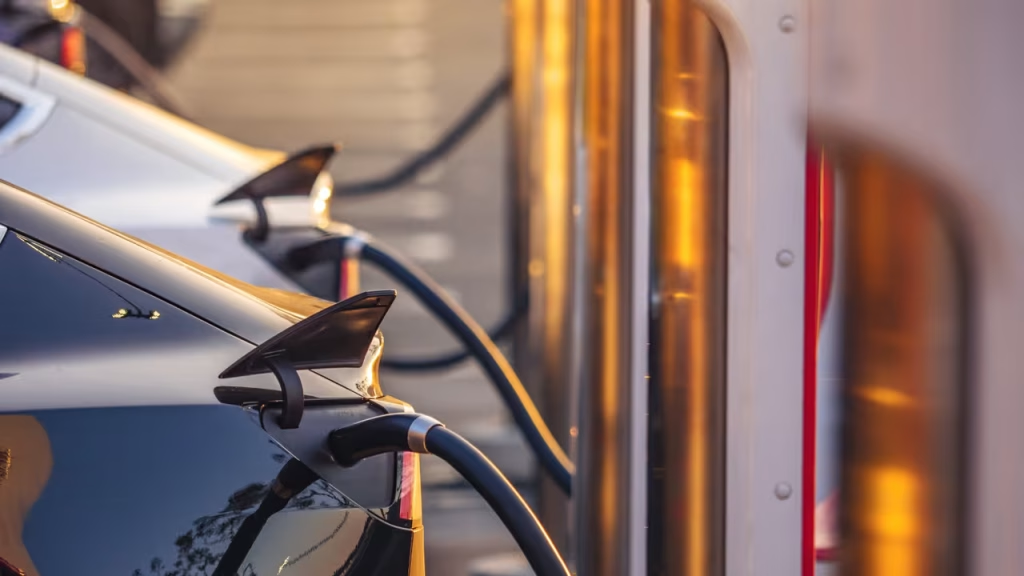the real deal on ev charging
So, you’ve finally made the leap and bought an electric vehicle (EV). Good for you! But let’s be real: the excitement of owning an EV can quickly get overshadowed by the complexities of charging. You might have thought that switching to electric would be a breezy experience, but it often feels more like navigating a maze. How do you keep your battery charged without turning it into a second job? Let’s dive into the nitty-gritty of EV charging.
charging levels explained
Before anything else, you need to wrap your head around the different types of chargers. Not all chargers are created equal, and knowing the options can make your life a whole lot easier:
- Level 1: The tortoise of the bunch. Using a standard 120V outlet, it’s perfect for overnight charging but will leave you waiting all day for a full charge. It’s like watching grass grow.
- Level 2: Now we’re picking up the pace! These chargers use a 240V supply and can give your EV a solid charge in just a few hours. Ideal for those times when you’re out shopping or grabbing lunch.
- DC fast charging: The superheroes of charging! They can juice up your battery to about 80% in roughly 30 minutes. Perfect for when you’re in a hurry and need a quick pick-me-up.
the hunt for charging stations
Finding charging stations can feel like a wild goose chase. If you have a home charger, you’re already ahead of the game. But for many, public charging stations can be a headache. Ever pulled into a charging spot only to find it occupied or, even worse, out of order? It’s like showing up to a concert that’s already ended. Why is finding a reliable station still such a challenge?
the infrastructure mess
Let’s be blunt: the charging infrastructure is a hot mess. With more people hopping on the EV bandwagon, the demand for charging stations has skyrocketed, yet the supply hasn’t kept up. You might find yourself circling the block, desperate for a free charger. Cities need to wake up and realize that if they don’t act fast, we’re just going to be filling up at gas stations again.
what’s on the horizon for charging?
Looking into the future, it’s a mixed bag of excitement and uncertainty. Innovations like wireless charging are starting to pop up. Imagine pulling into your driveway and your car starts charging automatically. Sounds dreamy, right? But let’s not get ahead of ourselves; we still have a mountain of issues to tackle before that becomes a reality.
the perks of home charging
If you can set up a Level 2 charger at home, count yourself lucky! Waking up to a fully charged car is a pure joy. It’s like having your own mini gas station right in your garage. But let’s be real—if you live in an apartment or condo, finding a charging option can be a nightmare. Why is this still a problem in 2023?
the cost of charging
Let’s talk money. Charging at home can save you a bundle compared to gas prices, but public charging? That can be a different story. Depending on your location, you might find yourself facing some steep fees, especially at fast chargers. It makes you wonder: is owning an EV really saving you money in the long run, or are you just swapping one expense for another?
the community vibe while charging
Charging isn’t just about plugging in; it’s also a chance to connect with fellow EV drivers. Many owners share tips about the best charging stations or even organize local meet-ups. Have you ever felt that sense of camaraderie while waiting for your car to charge? It’s like being part of a new tribe that gets the struggles and joys of driving electric.
the environmental angle
Let’s not forget the environmental implications. Driving an EV means zero tailpipe emissions, which is fantastic for our planet. But here’s a thought: where does that electricity come from? If it’s generated from non-renewable sources, are we genuinely making a positive impact? This issue deserves our attention. Are we really solving the environmental crisis, or just shifting it around?
The conversation about EV charging is only going to heat up as we navigate this electric age. It’s not just about how we get from A to B; it’s about rethinking our entire relationship with energy and infrastructure. As we unpack the complexities of charging, one question lingers: are we truly ready to embrace this electric future, with all its challenges and rewards?


